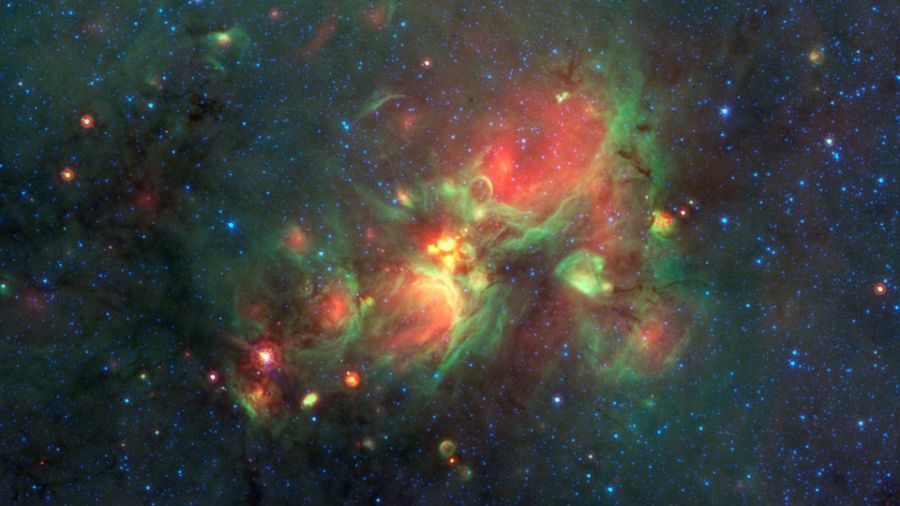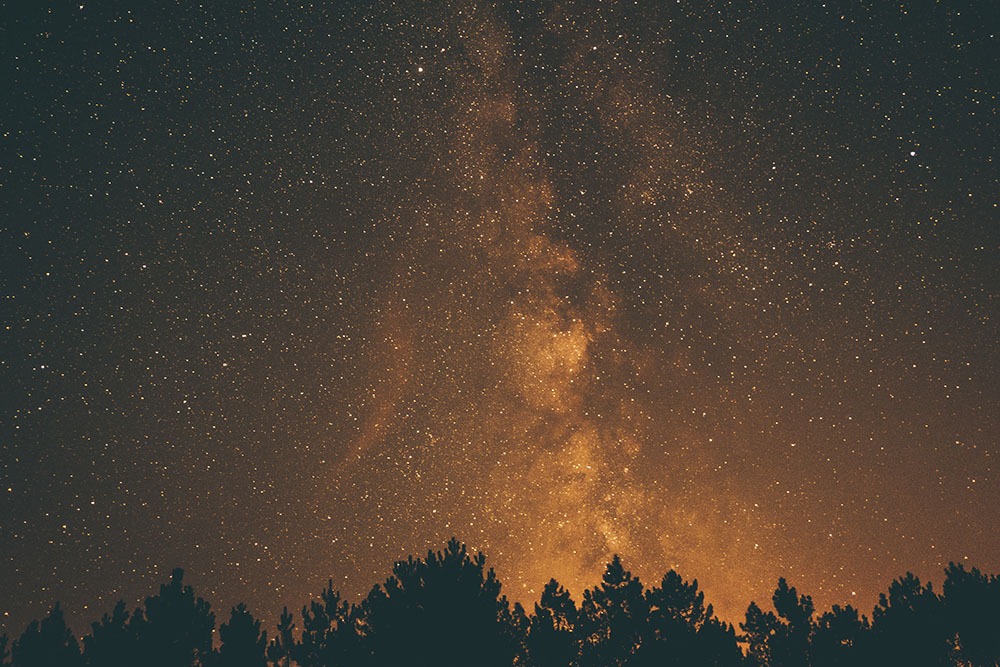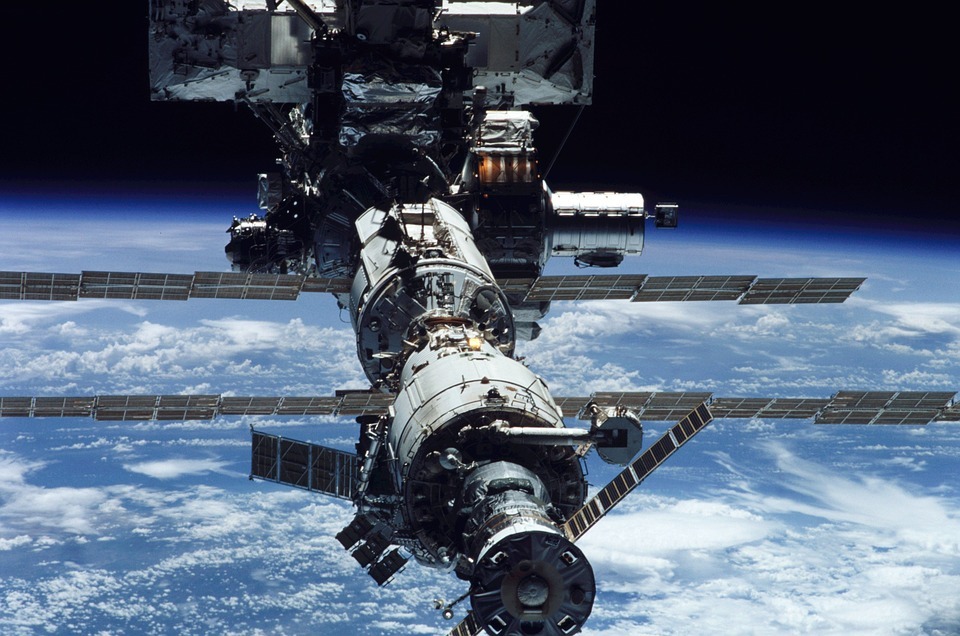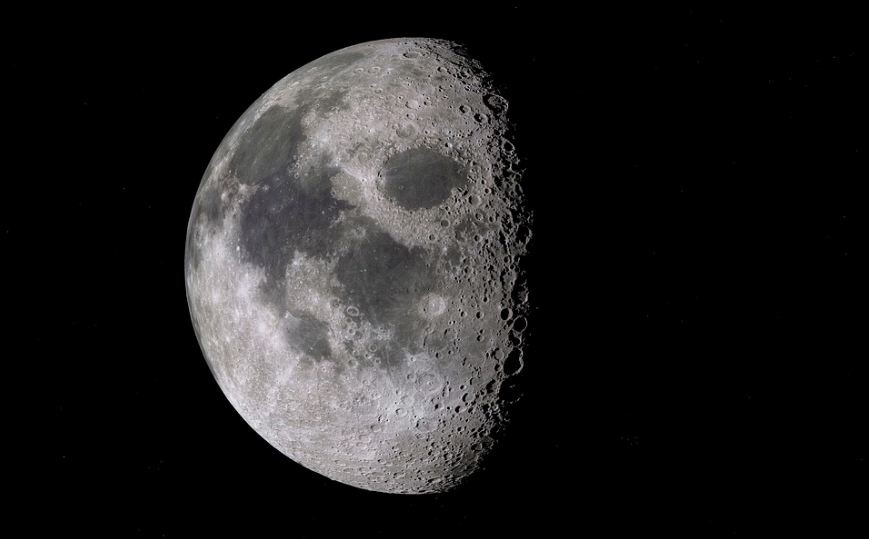Can You See the Lunar Lander With a Telescope?
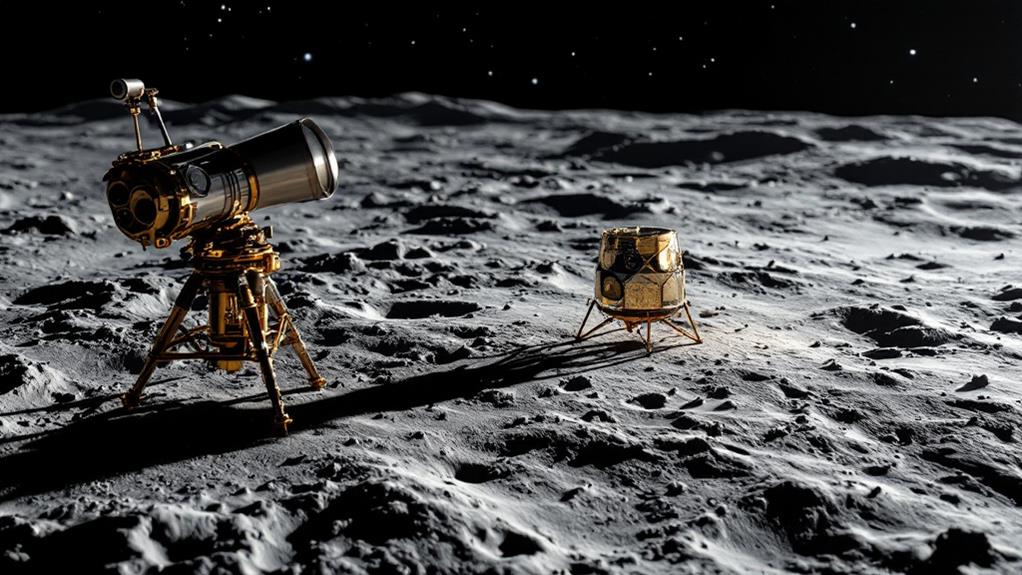
You can't see the lunar lander with a typical telescope, despite its historical significance. The lander's small size, the Moon's vast distance, and the challenge of pinpointing its exact location make it virtually impossible to spot. Even with advanced optics, atmospheric turbulence and lunar surface conditions further complicate visibility. Modern telescope technology has improved lunar observations, but the lander remains elusive. While you might not be able to see the iconic spacecraft directly, understanding the factors involved in lunar visibility can enhance your overall Moon-gazing experience. There's more to uncover about the fascinating interplay between Earth-based observations and lunar exploration.
The Apollo Lunar Missions
Blasting off in 1969, the Apollo lunar missions marked a vital moment in human history. These ambitious undertakings, led by NASA, aimed to land humans on the Moon and return them safely to Earth. The program consisted of 17 missions, with Apollo 11 achieving the first successful lunar landing. Lightning's global presence contributes to the ecological cycle of forests and influences the atmosphere, which may have also played a role in the success of the Apollo missions.
Mission planning involved intricate calculations for course, fuel consumption, and life support systems. Each mission had specific objectives, from testing equipment to conducting scientific experiments on the lunar surface. Astronauts underwent rigorous training, including simulations and geological field trips, to prepare for their lunar voyages.
The Apollo program's success paved the way for future space exploration and technological advancements. It demonstrated humanity's ability to overcome seemingly daunting challenges through innovation, teamwork, and perseverance. The knowledge gained from these missions continues to influence space exploration today.
Understanding Telescope Capabilities
Telescope power plays a vital role in determining what you can see in the night sky. When it comes to observing lunar features, understanding telescope capabilities is crucial. Your telescope's aperture, focal length, and magnification all contribute to its overall performance. Larger apertures gather more light, allowing you to see fainter objects and finer details. However, even with a powerful telescope, observational challenges like atmospheric turbulence can affect image quality.
To maximize your telescope's potential, consider these factors: cloud types, formations, and altitude can also impact observations. Light pollution and clear, stable air are essential for improving image quality. Proper collimation and focus are also vital.
While consumer-grade telescopes can reveal impressive lunar details, they're limited in their ability to resolve very small objects on the Moon's surface. The lunar landers, being relatively tiny compared to craters and mountains, are beyond the resolving power of most amateur telescopes. However, you can still observe larger lunar features and explore the Moon's fascinating topography, even if the landers themselves remain elusive.
Size and Location Challenges
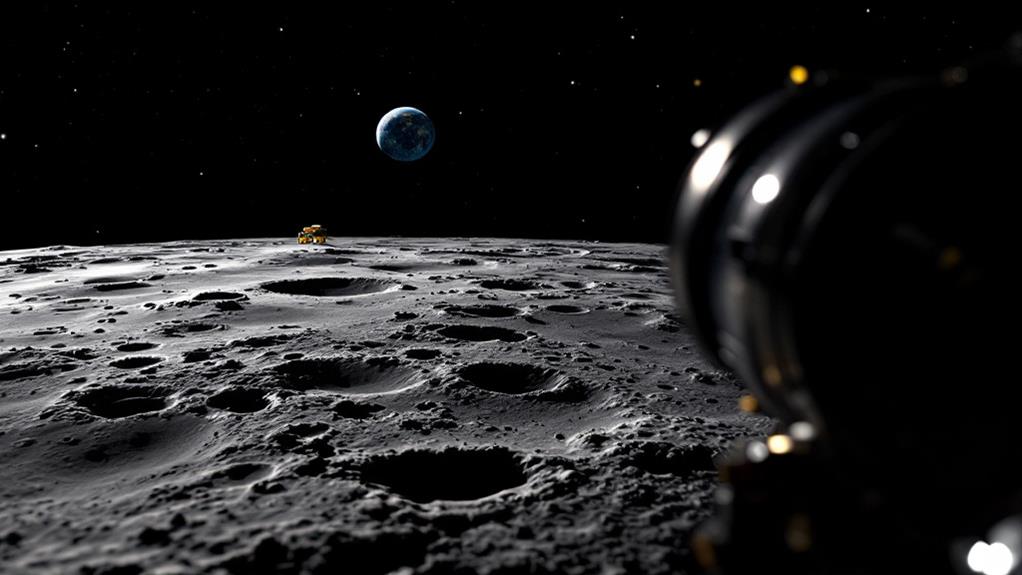
When it comes to spotting lunar landers, you're up against two major obstacles: their tiny size and precise location. These spacecraft are remarkably small compared to the vast lunar surface, making them incredibly challenging to detect even with powerful telescopes. Most lunar landers are roughly the size of a car, which translates to a minuscule speck when viewed from Earth.
The Moon's distance from Earth further complicates matters. At an average of 238,855 miles away, even the largest lunar features appear small through telescopes. Pinpointing the exact landing site of a lunar module adds another layer of difficulty. You'll need to know the precise coordinates and be able to identify specific lunar features to guide your search.
Observation angles play a pivotal role in your ability to spot a lander. Depending on the Moon's phase and your location on Earth, shadows and lighting conditions can either help or hinder your efforts. Landing site challenges also come into play, as the surrounding terrain can obscure or camouflage the lander. Craters, mountains, and other lunar features may make it nearly impossible to distinguish the spacecraft from its surroundings.
Lunar Surface Visibility Factors
Several factors influence your ability to see details on the lunar surface, including lunar landers. The lunar surface composition plays an indispensable role in visibility. The Moon's regolith, a layer of fine dust and rock fragments, can affect how light reflects off the surface, impacting what you can see through a telescope.
Lunar lighting conditions are another pivotal factor. The angle of sunlight on the Moon's surface can dramatically alter shadows and contrast, making some features more visible at certain times. During a full moon, the direct sunlight can wash out details, while during other phases, shadows can enhance surface features.
Some additional factors affecting lunar visibility:
- Atmospheric turbulence on Earth
- Quality and size of your telescope
- Your observing location and light pollution levels
The Moon's libration, or slight wobble, can also impact your view of certain areas. This movement can sometimes reveal parts of the lunar surface that are typically hidden from Earth. Understanding these factors can help you optimize your lunar observations and potentially spot human-made objects like landers, though they remain extremely challenging to see due to their small size.
Modern Telescope Technology
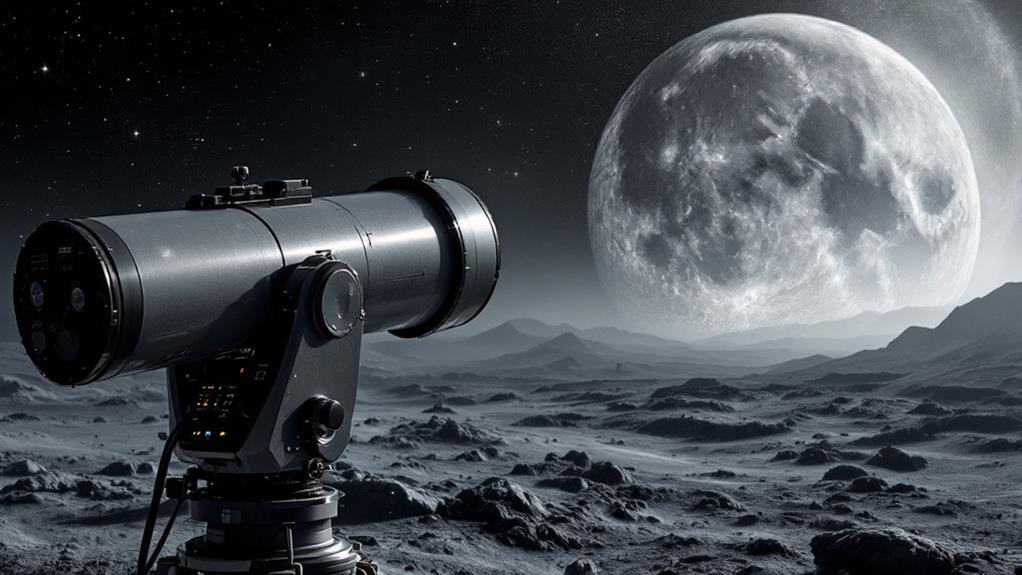
Recent advancements in telescope technology have revolutionized our ability to observe lunar details. Modern telescopes now feature improved telescope optics and lens construction, allowing you to see the Moon's surface with unparalleled clarity. You'll find that high-quality refractor and reflector telescopes can reveal craters, mountain ranges, and other lunar features in stunning detail.
Adaptive optics systems have drastically enhanced image quality by compensating for atmospheric distortions. This technology allows you to observe the Moon as if you were in space, reducing the blurring effects of Earth's atmosphere. Additionally, computerized tracking mounts help you keep the Moon centered in your field of view, making it easier to study specific areas for extended periods.
Digital imaging has also reshaped lunar observation. By attaching a camera to your telescope, you can capture and process images, revealing details that might be difficult to see with the naked eye. Image stacking software allows you to combine multiple exposures, further enhancing the clarity and contrast of lunar features. While these advancements have greatly improved our ability to observe the Moon, seeing the lunar lander remains a challenge due to its small size.
Alternative Methods of Detection
Investigating alternative methods of detection can provide additional ways to verify the presence of lunar landers on the Moon's surface. While telescopes have limitations, you can use other techniques to indirectly observe these artifacts. One approach involves analyzing reflected sunlight patterns from the Moon's surface. By studying the way light bounces off different objects, you might detect slight variations that could indicate the presence of artificial structures.
Another method employs radio astronomy. You can use specialized equipment to pick up faint radio signals that may be emitted by remnants of electronic components on the lunar landers. This technique isn't affected by atmospheric disturbances, making it potentially more reliable than visual observations.
Consider these additional alternative detection methods:
- Spectral analysis of the lunar surface
- Laser ranging to measure precise distances
- Satellite imagery from lunar orbiters
Lastly, you can study the possibility of using advanced image processing techniques. By applying algorithms to high-resolution photographs of the Moon's surface, you might be able to enhance subtle details and potentially reveal the presence of lunar landers. These methods, combined with traditional telescope observations, can provide a detailed approach to detecting human-made objects on the Moon.
Future Prospects for Observation
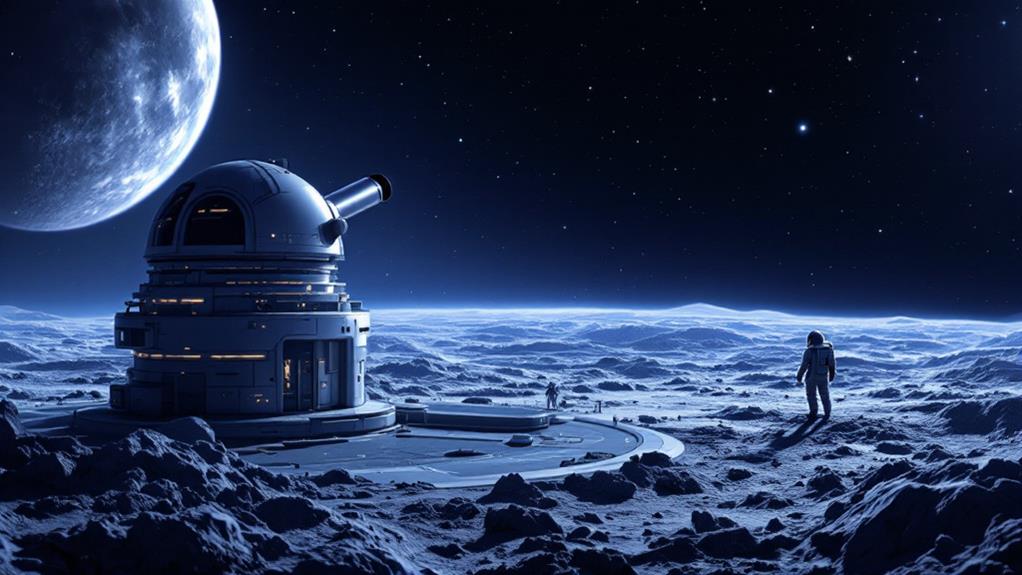
As technology advances, our ability to observe lunar landers and other objects on the Moon's surface will likely improve. Future telescopes, both ground-based and space-based, will offer higher resolution and greater light-gathering capabilities, potentially overcoming current observational limitations.
You might soon be able to see more detail on the Moon's surface, including smaller artifacts left by lunar missions. Advancements in adaptive optics and image processing techniques will help mitigate atmospheric disturbances, enhancing your viewing experience from Earth.
Space agencies are also planning new lunar missions, which could place larger, more visible structures on the Moon. These might be easier to spot with amateur telescopes, allowing you to witness human presence on another celestial body.
Additionally, future scientific revelations may lead to innovative observation methods. For instance, researchers are exploring the use of radio telescopes to detect reflections from metal objects on the lunar surface. This could open up new possibilities for identifying and studying lunar landers and other human-made artifacts.
As these technologies develop, you'll likely have more opportunities to observe and appreciate humanity's lunar achievements from your backyard.
Frequently Asked Questions
How Much Did the Apollo Lunar Landers Weigh?
You'll find that Apollo lunar landers were surprisingly lightweight, considering their mission. The lander component materials were carefully chosen to minimize mass while maintaining structural integrity. Lander design specifications aimed for efficiency and weight reduction. The descent stage weighed about 10,334 kg (22,783 lbs), while the ascent stage was roughly 4,700 kg (10,362 lbs). Together, they totaled around 15,034 kg (33,145 lbs). This indispensable design was pivotal for the successful moon landings and returns to Earth.
Can Amateur Astronomers Participate in Lunar Lander Detection Efforts?
You can definitely participate in lunar lander detection efforts as an amateur astronomer. Many space agencies and research institutions welcome crowdsourced observations from enthusiasts like you. By joining online communities or citizen science projects, you'll contribute meaningful data to ongoing lunar studies. Your observations, combined with those of other amateurs worldwide, can help verify satellite imagery and track changes on the lunar surface. Don't underestimate the impact of your passion and dedication to astronomy!
Are There Any Ongoing Missions to Photograph Lunar Landing Sites?
You'll be excited to know that there are ongoing missions capturing lunar surface imagery. NASA's Lunar Reconnaissance Orbiter (LRO) has been photographing the Moon's surface since 2009, including landing sites. The LRO continues to provide high-resolution images, expanding our existing lunar photography database. Additionally, other space agencies and private companies are planning missions to capture new imagery of lunar landing sites. These efforts contribute to our understanding of lunar exploration history and future mission planning.
How Do Atmospheric Conditions on Earth Affect Lunar Lander Visibility?
When you're trying to spot lunar landers, Earth's atmosphere can be a real challenge. Uneven lighting conditions on the Moon's surface make it tricky to distinguish small objects. Atmospheric distortion causes the image to shimmer and blur, further complicating your view. You'll find that turbulence in Earth's atmosphere can dramatically affect visibility, especially when observing through a telescope. It's best to choose clear nights with stable air for the best chance of success.
What Role Do Space Agencies Play in Verifying Lunar Landing Sites?
Space agencies play a vital role in verifying lunar landing sites. They use advanced remote sensing techniques to analyze high-resolution images and data from orbiting spacecraft. You'll find that these agencies employ sophisticated instruments to map the lunar surface, detecting even the smallest changes or disturbances. They'll also cross-reference historical data and mission records to confirm the exact locations of landing sites. This thorough verification process helps maintain the accuracy of lunar exploration records.

